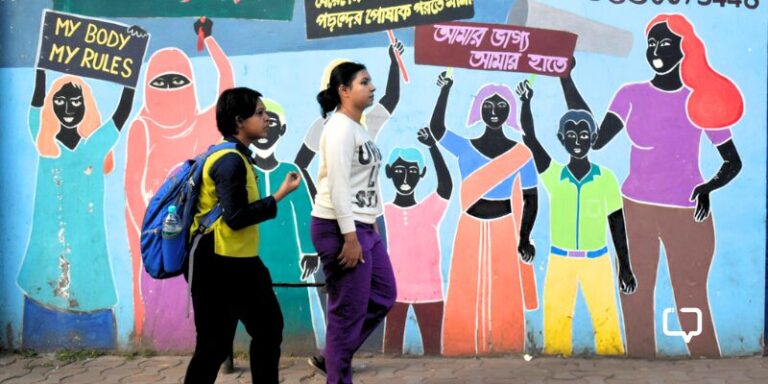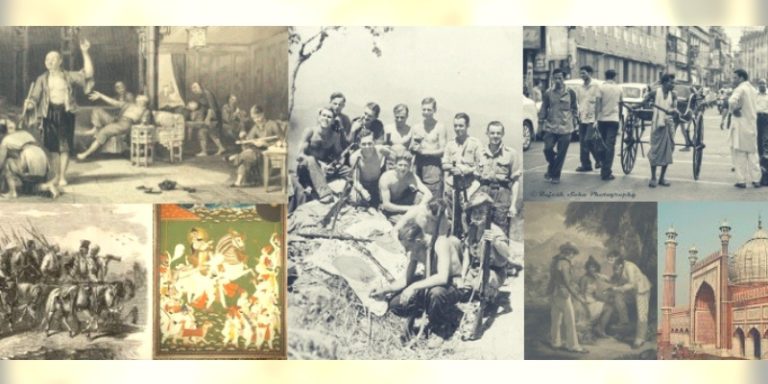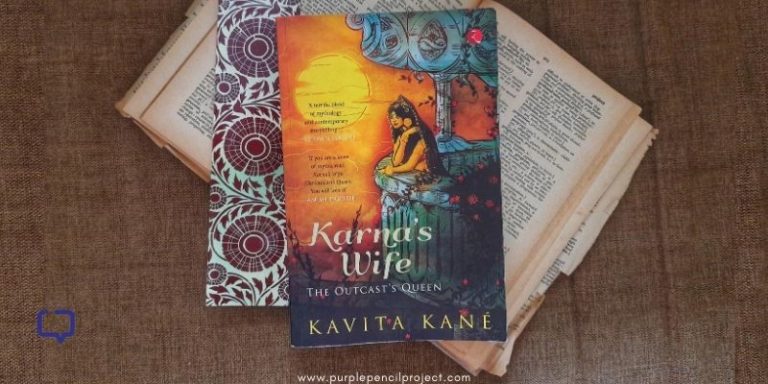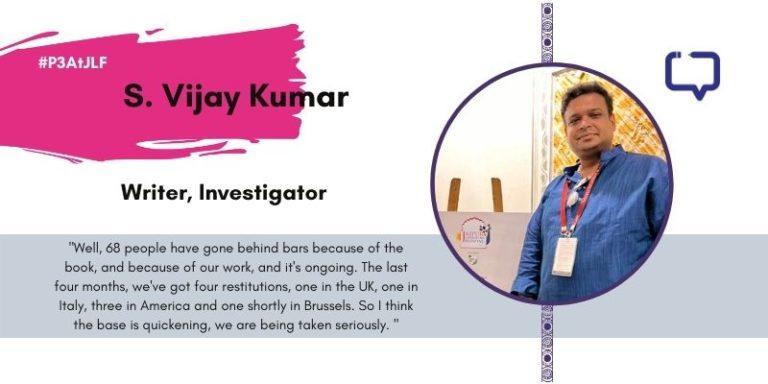The non-Purdah abiding, science-savy women in Rokeya Sakhawat Hossain’s Sultana’s Dream
Rokeya Sakhawat Hossain was born (in 1880) to an orthodox zamindar during a time when women’s education was deeply frowned upon in the Indian subcontinent. She wasn’t allowed to go to school and was secretly taught English and Bengali by her siblings. She grew up to be known as a Bengali Muslim feminist and educationist. Her endeavours included setting up schools for girls later in life.
Her husband, Sakhawat Hossain unlike her father, was a supporter of Rokeya’s writing and encouraged her to submit Sultana’s Dream for publishing. Written in English, the short story was published in Indian Ladies’ Magazine in 1905. A feminist utopia, Sultana’s Dream becomes the embodiment of Begum Rokeya’s brand of feminism and her position on women’s education and scientific research.
We encourage you to buy books from a local bookstore. If that is not possible, please use the links on the page and support us. Thank you.
Intellect Over Physical Prowess
Sultana’s Dream is a satire of the times the author was living in. The world of this short story, Ladyland, runs on the idea that men dominate the world based on their physical prowess, and women are seen as weak in the absence of it. The author plays with words such as mannish and mardana. The former implies shyness and timidity in the story, and mardana is the male equivalent of the zenana.
Such wordplay not only inverts the idea of what a man should be like but also ensures that it’s nothing to be proud of. Women of Ladyland are ruled by a queen. They are fierce and independent. They take care of their office work as well as have time to look after the gardens and have time for their hobbies.
Women are shown to be excellent time managers, as is also perceived in the ‘real’ world, and in Ladyland, they have the agency to choose how they manage their time without having to live on anyone’s terms. This independence comes from their intellectual prowess and the fact that women’s education is made mandatory and encouraged by the queen. Further, early marriage is prohibited—women cannot get married till they are 21.
Women In STEM
Ladyland happens to have two universities led by women principals. One of them invents a way to procure rainwater directly from the clouds, giving the women the agency to control their crops and harvest. The other invents a way to harness sunlight which acts as an alternative to electricity and also, helps in cooking. The only way to transport is through air, there are no rail tracks or roadways in the kingdom.
In this utopia, women are at the forefront of science and technology. They are provided with all the resources they need to continue their research. This becomes a commentary of the times for far from being encouraged, women were not even allowed to have basic education. This story becomes significant as it says that women are capable of leading scientific research when they are provided with opportunities and resources.
Such research and leadership win over the military prowess of men at saving the kingdom from invasion. This is something that women were far from doing in 1905 India. The story then again satirizes the role of men and women in a patriarchy. It is feminist for it provides women with similar opportunities irrespective of their gender.
Conclusion
The inverted world of Sultana’s Dream, the imagined matriarchy, might be read as problematic for it might be seen as an oppression of men. The message is quite clear that all the evils that women suffer from, the world suffers from, comes from men and their sense of supremacy based on physical prowess. It justifies its choices based on the stereotypes that support men in patriarchy.
There are parts of the story that I wish were explored more for I was left curious about many things in the Ladyland. Despite its shortcomings, radical feminism as described in this witty telling by Rokeya Sakhawat Hossain, makes for an extremely entertaining read.
Favourite passage from the story
Then she screwed a couple of seats onto a square piece of plank. To this plank, she attached two smooth and well-polished balls. When I asked her what the balls were for, she said they were hydrogen balls and they were used to overcome the force of gravity. The balls were of different capacities to be used according to the different weights desired to overcome.
She then fastened to the air-car two wing-like blades, which, she said, were worked by electricity. After we were comfortably seated she touched a knob and the blades began to whirl, moving faster and faster every moment. At first, we were raised to the height of about six or seven feet and then off we flew. And before I could realize that we had commenced moving, we reached the garden of the Queen.
Have you read this brilliant satire on male oppression in early 20th century? What do you think of it? Drop a comment below and let us know!





















